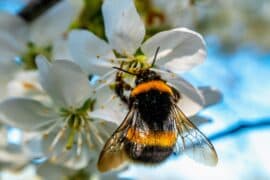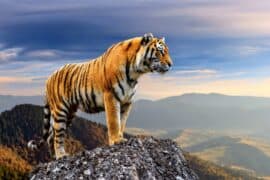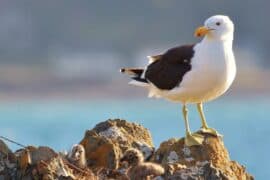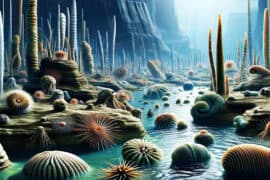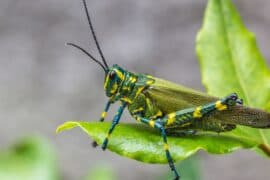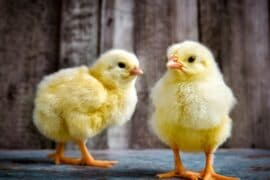Common dwarf mongoose
(Helogale parvula)
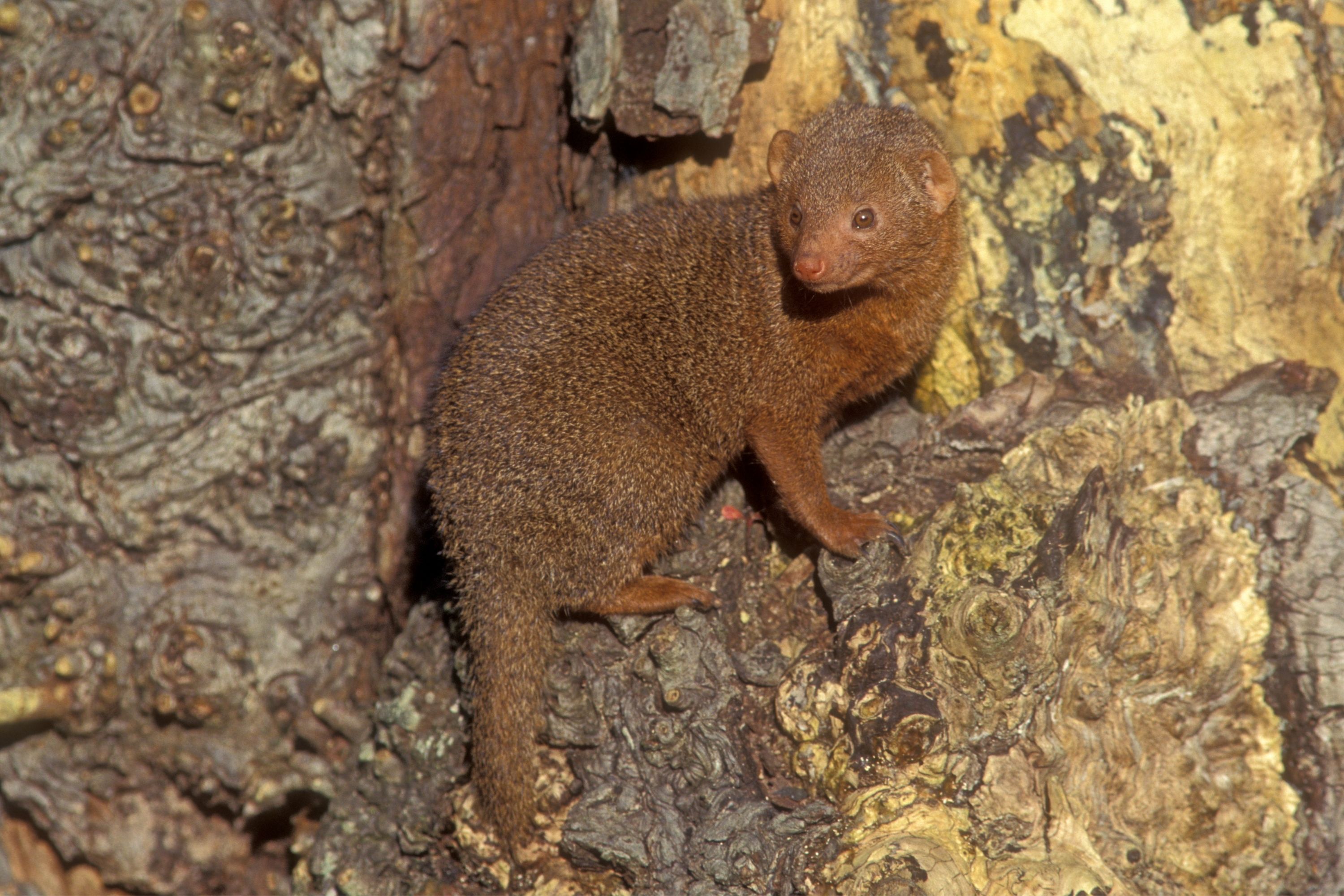
Description
The common dwarf mongoose (Helogale parvula) is a mongoose species native to Angola, northern Namibia, KwaZulu-Natal in South Africa, Zambia and East Africa. It is part of the genus Helogale and as such is related to H. hirtula. The common dwarf mongoose has soft fur ranging from yellowish red to very dark brown. It has a large pointed head, small ears, a long tail, short limbs and long claws. With a body length of 18-28 cm (7.1-11.0 in) and a weight of 210-350 gr (14-23 g), it is Africa's smallest member of the order Carnivora. The common dwarf mongoose ranges from East to southern Central Africa, from Eritrea and Ethiopia to the provinces of Limpopo and Mpumalanga in the Republic of South Africa. The common dwarf mongoose inhabits primarily dry grassland, open forests and bushland up to an elevation of 2,000 m (6,600 ft). It is especially common in areas with many termite mounds, its favorite sleeping place. It avoids dense forests and deserts. The common dwarf mongoose is a diurnal animal. It is a highly social species that lives in extended family groups of two to thirty animals. There is a strict hierarchy among same-sexed animals within a group, headed by the dominant pair (normally the oldest group members). All group members cooperate in helping to rear the pups and in guarding the group from predators. Young mongooses attain sexual maturity by one year of age but delay dispersal, with males usually emigrating (in the company of their brothers) at 2-3 years old. Dispersing males may join other established groups, either as subordinates or by ousting the resident males, or they may found new groups with unrelated dispersing females. In contrast, females normally remain in their home group for life, queuing for the dominant position. They will, however, emigrate to found a new group if they lose their place in the hierarchy to a younger sister. Dwarf mongooses are territorial, and each group uses an area of approximately 30-60 hectares (depending on the type of habitat). They sleep at night in disused termite mounds, although they occasionally use piles of stones, hollow trees, etc. The mongooses mark their territory with anal gland and cheek gland secretions and latrines. Territories often overlap slightly, which can lead to confrontations between different groups, with the larger group tending to win.
Taxonomic tree:

